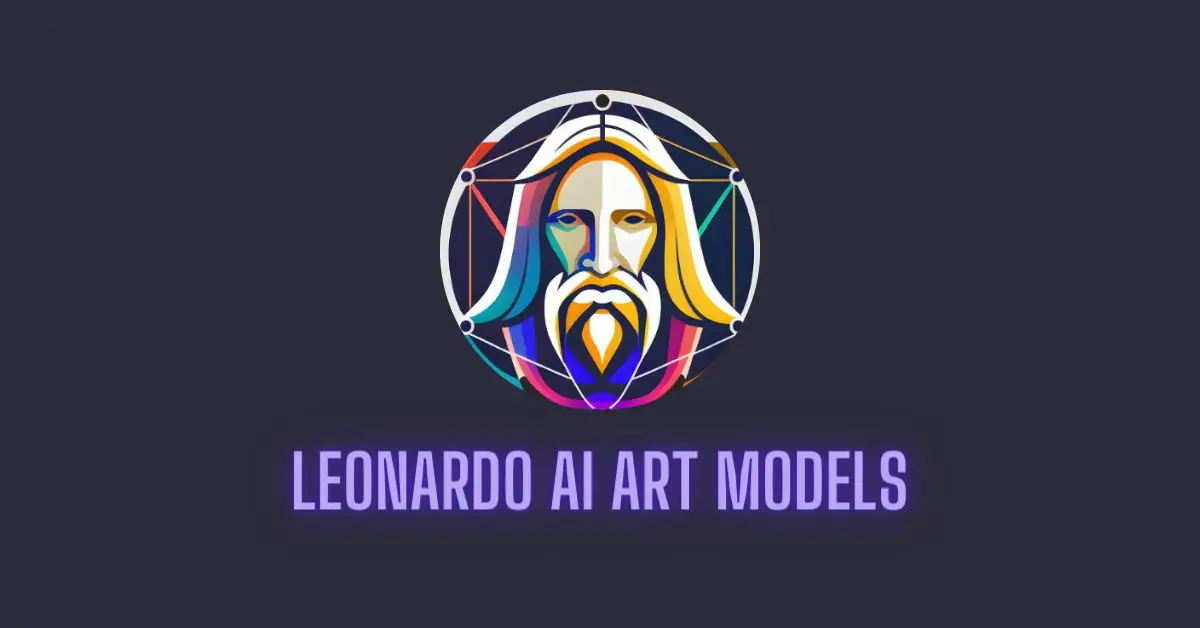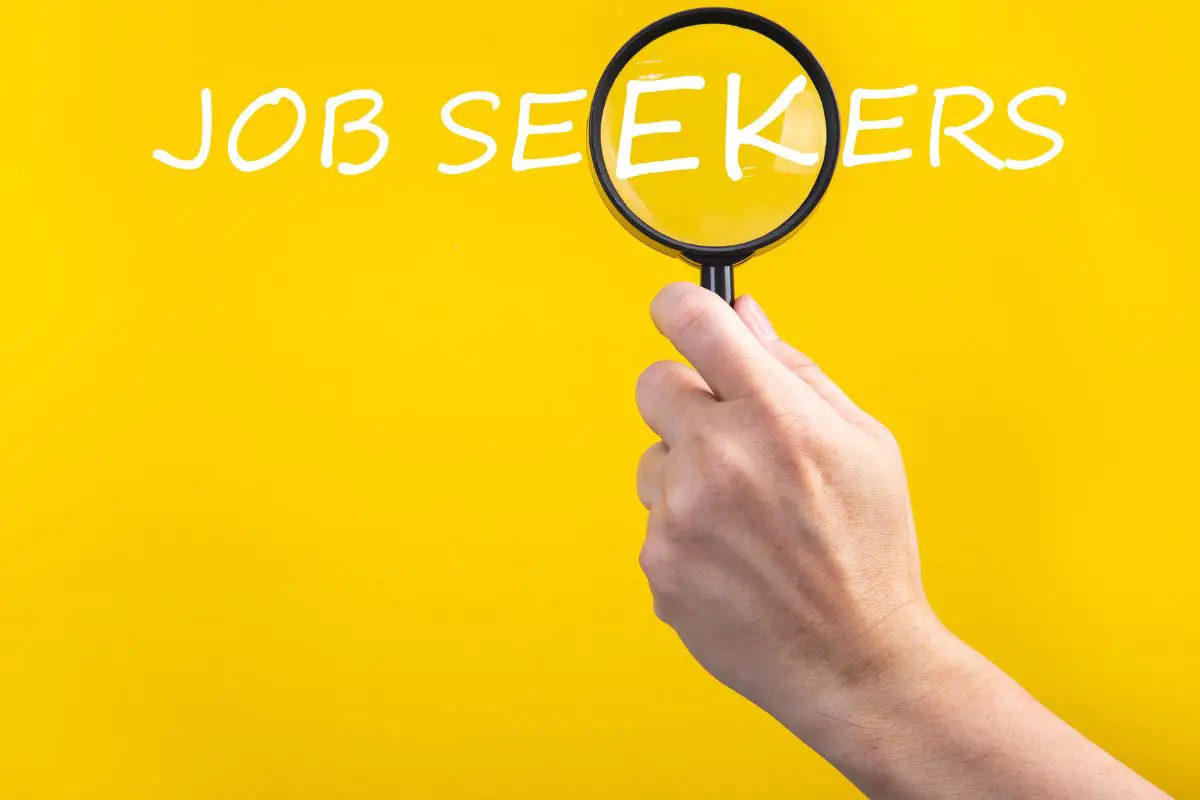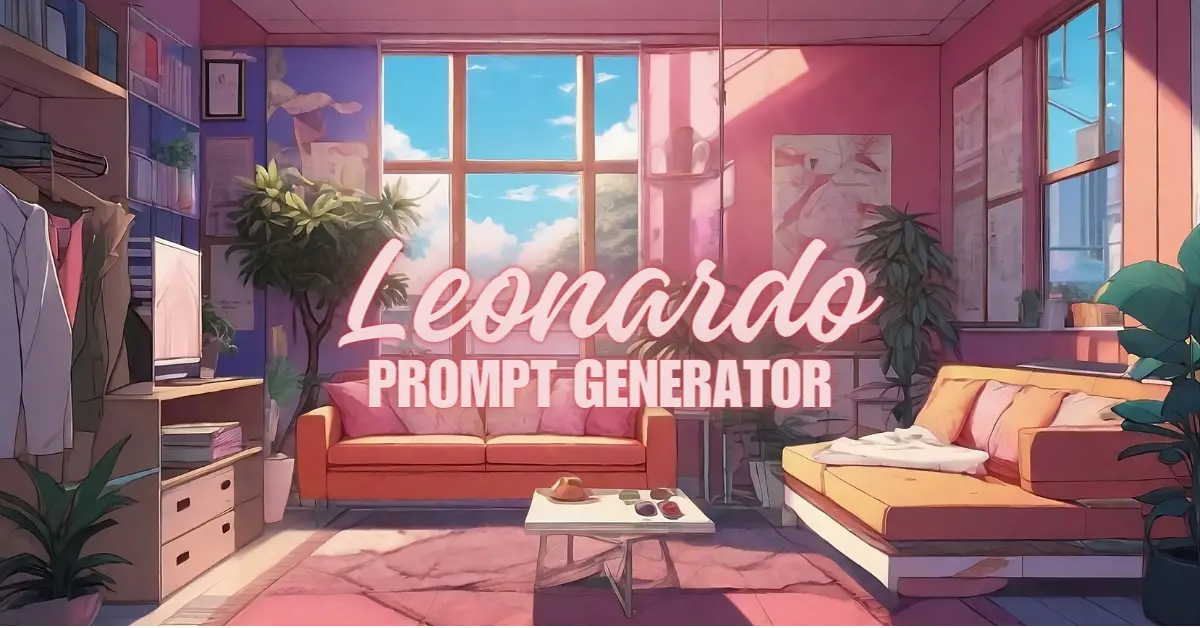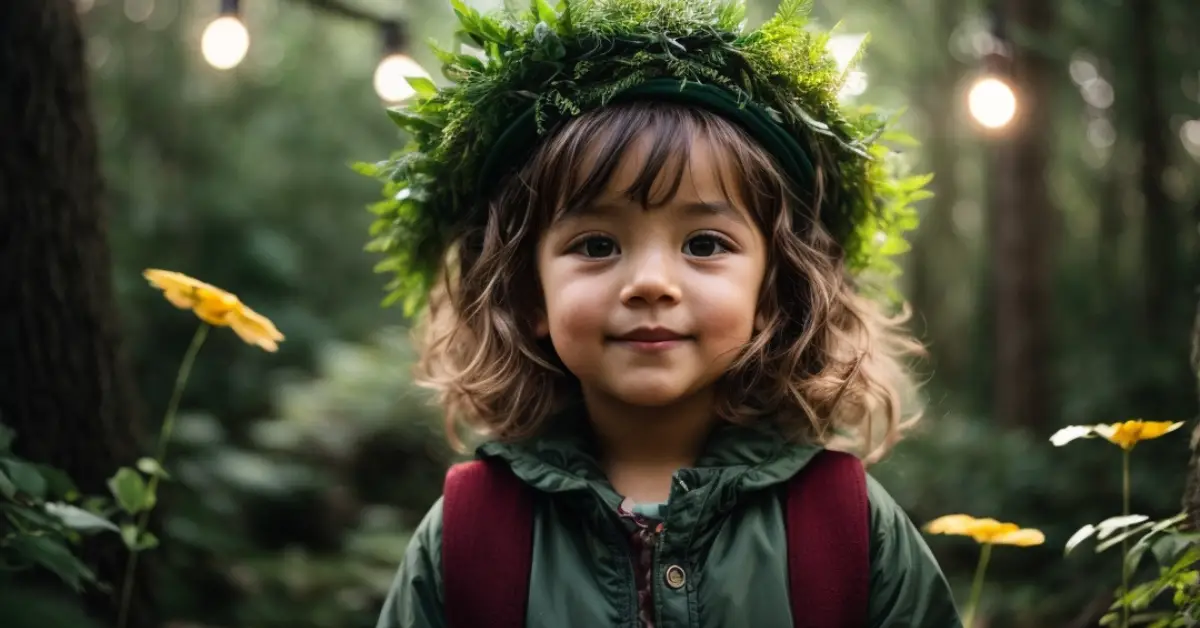The Renaissance of AI: Unveiling the Artistic Genius of Leonardo AI Art Models

Many individuals believe that achieving artistic brilliance through AI is a straightforward process requiring just a few attempts. However, the reality is far more complex than inputting a prompt into an AI art generator and expecting instant masterpieces. True artistic greatness demands persistent dedication and unwavering perseverance over time. Therefore, I encourage you to persistently explore different prompts in order to achieve the finest results. Giving up after a few tries would only result in a futile exercise, wasting your valuable time.
The path to artistic excellence through AI necessitates patience and a willingness to embrace numerous possibilities. Embrace the journey of continuous experimentation, and you will unlock the potential for remarkable outcomes.
Table of Contents
- What are Leonardo’s AI Art Models?
- Leonardo AI Platform Models
- Leonardo Diffusion: Perfecting Art and Portraits
- RPG 4.0: Photorealistic Portraits and Artistic Creations
- DELIBERATE 1.1: Photorealism
- Dream Shaper 3.2: Unleashing Artistic Possibilities
- Vintage Style Photography: Imaginative Prompts
- Dream Shaper V5: A Perfect Artistic Companion
- Pixel Art: A Pixelated Conundrum
- Community AI Art Models: Unleashing Creativity
- Watch this
- Conclusion
- FAQ’s
- More Related Articles
What are Leonardo’s AI Art Models?
Leonardo’s AI art models are specifically designed to generate artistic content, such as images, paintings, and sketches, using the power of machine learning algorithms. They are trained on vast datasets of artistic styles, techniques, and historical artworks to learn and mimic the characteristics of various artistic genres.
Leonardo’s AI Art Models enable users to create stunning and realistic artworks by leveraging the capabilities of AI. These models can generate original compositions or assist artists in the creative process by providing suggestions, enhancing productivity, and expanding creative possibilities. With Leonardo’s AI Art Models, artists and enthusiasts can explore new artistic horizons, experiment with different styles, and push the boundaries of their creativity.
Leonardo AI Platform Models
Note – When using the recommended picture dimensions, Leonardo AI models perform well. However, when you change the image dimensions, sometimes the model produces very poor images and it takes too long to generate an image in a different dimension from the one that is provided.
Leonardo Diffusion: Perfecting Art and Portraits

Leonardo Diffusion is the ideal model for individuals who want to create stunning AI-generated art, whether it be lifelike portraits or imaginative artistic styles. This powerful model excels in delivering remarkable shading and contrast, ensuring your art pieces are truly exceptional. Feel free to utilize Leonardo Diffusion to enhance your AI photos, as it guarantees exceptional results every time. Its versatility and quality make it my personal favorite among all the AI art models available.
While Leonardo Diffusion excels in producing exceptional art pieces with shading and contrast, it is not the best choice for character creation. Generating distinctive and realistic characters can be a challenge with this model. If you intend to create character art, it is advisable to avoid using actor or actress names in your prompts, as this may result in repetitive facial features.
Read More – Leonardo AI Login: Quick Access
RPG 4.0: Photorealistic Portraits and Artistic Creations

Leonardo RPG 4.0 is a powerful AI art model specifically designed for creating photorealistic RPG character portraits and other captivating artwork. If you aspire to bring your RPG characters to life with remarkable realism, this model is perfect for you. However, to achieve highly unique and realistic character art, it is crucial to provide the model with solid negative prompts. By doing so, you can ensure stunningly incredible and consistent results in your created photos.
DELIBERATE 1.1: Photorealism

DELIBERATE 1.1 is an impressive model renowned for its ability to generate images in photorealistic and artistic styles. However, it’s important to note that you need lots of time to create really good images through this Leonardo model. DELIBERATE 1.1 take so much time to come up with the images you want from your prompts. so be patient and try as long you did not receive your imagine output from your prompt.
Dream Shaper 3.2: Unleashing Artistic Possibilities

To explore a wide range of portrait styles and creative backdrops, look no further than the Leonardo DreamShaper 3.2 AI art model. Designed to empower artists in creating captivating works of art, Dream Shaper 3.2 guarantees exceptional results. You can confidently use this model for your AI images without any concerns. However, it is important to note that Dream Shaper 3.2 might not excel in certain types of realism-focused art. Avoid using this model for such purposes to ensure the best possible outcomes.
Vintage Style Photography: Imaginative Prompts

The Leonardo AI model dedicated to vintage-style photography is an excellent choice for generating a broad range of imaginative images. However, it is crucial to provide good prompts to obtain the desired results. Keep in mind that achieving the output you desire might require multiple attempts, as generating vintage-style photography images can be time-consuming. Don’t be disheartened if it takes a few tries to achieve the perfect outcome. With patience and persistence, you’ll be able to create stunning vintage-style photographs using this model.
Dream Shaper V5: A Perfect Artistic Companion

Among all the Leonardo models, Dream Shaper V5 holds a special place in my heart. This exceptional AI art model caters to various artistic needs, whether you’re generating 3D anime characters, concept art, landscape art, illustrations, photography-style images, 3D portraits, close-ups, realistic anime girls, or even realistic movie scenes. Dream Shaper V5 effortlessly brings your artistic visions to life based on your prompts. To achieve specific styles, references, and art styles, include keywords like “realistic” and an artist’s name in your prompts. The inclusion of these details ensures mind-bending, outwardly captivating images that will leave you in awe.
Pixel Art: A Pixelated Conundrum

When it comes to pixel art, the Leonardo AI model has its limitations. In my experience, using this model for pixel art creation often results in similar pixelated images. It becomes challenging to distinguish whether the output is genuinely pixel art or not. If you have aspirations of creating exceptional pixel art, it’s advisable to reconsider using this model. However, there’s a silver lining. When generating a pixel art image using this model, provide a prompt featuring only one person or object. In such cases, the model is more likely to deliver decent pixel art outputs. Conversely, if your prompt includes multiple elements or a complete scene, the pixelization becomes significantly lower. Experiment with different prompts to observe the output variations, and feel free to share your experiences with us.
Community AI Art Models: Unleashing Creativity
The Leonardo AI also offers a range of community-created models that provide unique opportunities for artists. Let’s explore a few of them:
Crypto Dreams: The Ultimate NFT Generator

For those interested in the world of Non-Fungible Tokens (NFTs), the Leonardo model known as Crypto Dreams is the perfect choice. This exceptional model allows you to create stunning NFTs with ease. Whether you’re an artist, collector, or enthusiast, Crypto Dreams empowers you to generate captivating and valuable digital artworks in the form of NFTs.
Pixel Art Assets: Completing NPC Designs

The Leonardo AI Community model specializing in pixel art assets is a game-changer for creating complete-body Non-Player Characters (NPCs). This model, trained on classic video games, excels in generating high-quality pixel art NPCs. If you’re a game developer or designer in need of pixel art characters for your projects, this model will undoubtedly elevate your creations.
Splash Stop Motion: Captivating Food Photography

If you’re seeking to create stunning photos or designs for food-related websites or commercial stores, the Leonardo AI model called Splash Stop Motion is your go-to option. This model allows you to generate captivating photographs featuring splashes of water, bringing life and vibrancy to food images. With this tool at your disposal, you can create enticing visuals that enthrall your audience and leave a lasting impression.
Watch this
Conclusion
Leonardo’s AI art models offer an incredible range of possibilities for artists and creators. From photorealistic portraits to imaginative artwork, vintage-style photography to pixel art, and even community-created models like Crypto Dreams and Splash Stop Motion, there is an AI model for every artistic pursuit. However, it’s important to understand the strengths and limitations of each model to achieve the desired results. Embrace the power of Leonardo’s AI art models, unleash your creativity, and witness your artistic visions come to life like never before.
FAQ’s
-
Can I create NFTs using the Leonardo AI model?
Yes, you can! The Leonardo model known as Crypto Dreams is specifically designed for creating NFTs. It provides an excellent platform for artists, collectors, and enthusiasts to generate captivating and valuable digital artworks in the form of NFTs.
-
Can Dream Shaper V5 generate different art styles based on prompts?
Absolutely! Dream Shaper V5 is an exceptional AI art model that can generate various art styles based on your prompts. Including keywords like “realistic” and mentioning specific artist names in your prompts can help achieve desired styles and references.
-
Is the Pixel Art model suitable for creating diverse pixel art images?
The Pixel Art model in Leonardo AI has limitations when it comes to generating diverse pixel art. While it may deliver decent pixel art outputs for prompts featuring one person or object, generating pixel art with multiple elements or complete scenes may result in lower pixelization. Experimenting with different prompts is recommended.
-
Are there any limitations in terms of image resolution or output quality when using Leonardo AI models?
Leonardo AI models strive to deliver high-quality outputs; however, the resolution and quality can depend on factors such as the input prompts, the complexity of the desired image, and the specific model being used. It’s recommended to experiment and adjust the prompts to achieve the desired output quality.




Hi, Neat post. There’s a problem along with your website in internet explorer, might test this… IE still is the marketplace chief and a big section of folks will pass over your great writing because of this problem.